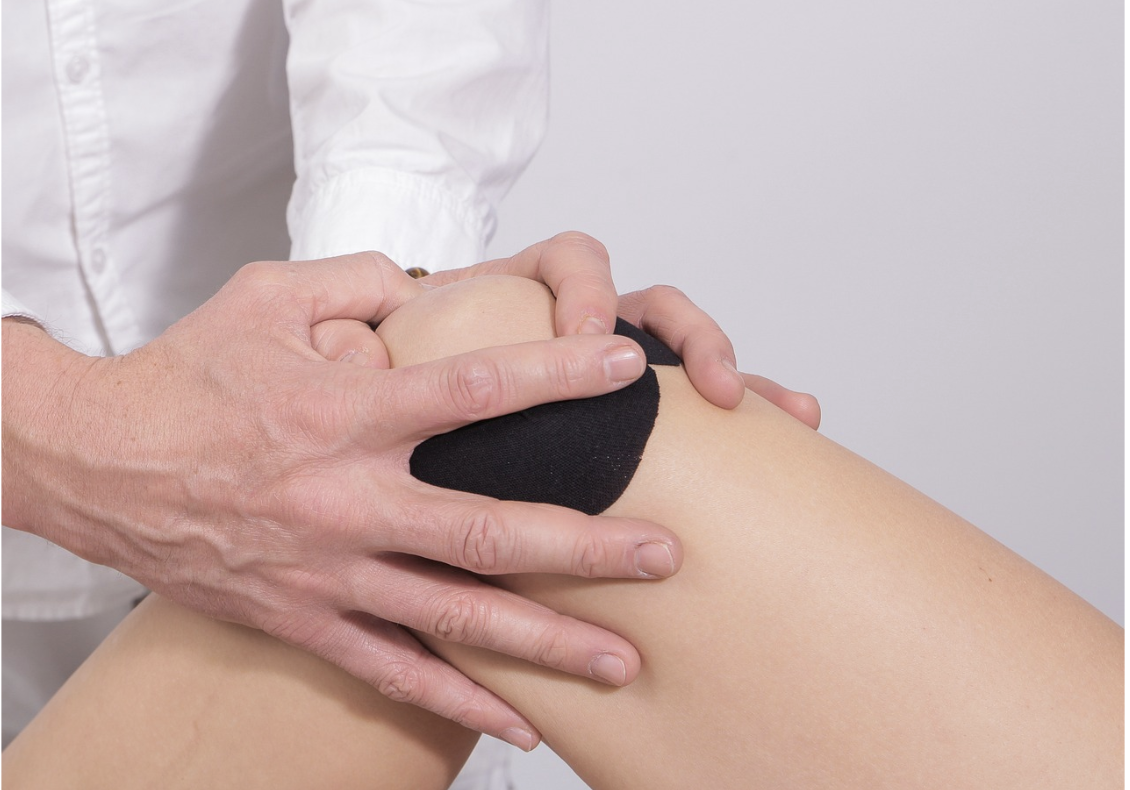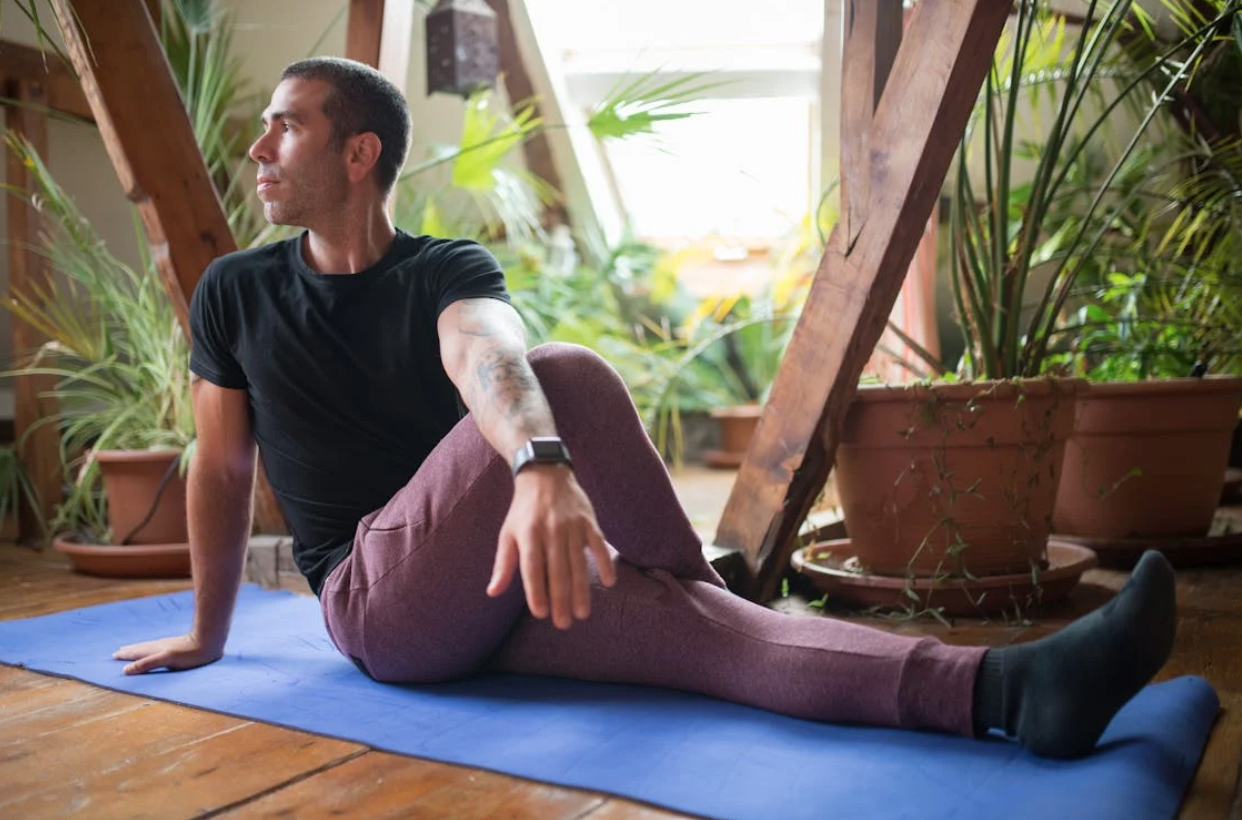Dealing With a Severe Knee Pain: 6 Tips That Can Help You

For those who suffer from severe knee pain, even the most mundane activities like climbing stairs or walking around the block can become a daunting challenge. Knee discomfort that lingers and intensifies can vastly limit mobility, interfere with work, and reduce overall quality of life. In this comprehensive guide, we're tackling the issue head-on, offering six valuable tips to help you regain control over your knee pain. Whether you're an active individual looking to get back in the game or someone who simply wants to enjoy everyday activities without the constant discomfort, this guide is for you.
1. Understanding the Causes of Severe Knee Pain
Knee pain can arise from a multitude of causes, ranging from injuries such as torn ligaments and cartilage to medical conditions like arthritis and gout. Understanding the underlying issue is the first step towards effective management. Diagnostic tools like X-rays, MRIs, and physical examinations by healthcare professionals help pinpoint the source of your pain. It's vital to remember that each case is unique, and a tailored approach to treatment is essential. By identifying the root cause, you can steer your treatment plan in the right direction.
In addition to injuries and medical conditions, factors like age, weight, and lifestyle choices can also contribute to severe knee pain. For instance, extra pounds put additional strain on the knees, increasing the risk of conditions like osteoarthritis. Certain occupations that require repetitive motions or standing for long periods can also lead to knee discomfort.
2. Seeking Professional Guidance
When dealing with severe knee pain, self-diagnosis and treatment are unwise. Seeking the guidance of a healthcare provider is crucial for several reasons. Not only can they confirm the diagnosis, but they can also recommend the most appropriate treatment plan, which may include physical therapy, medication, or even surgery for particularly severe cases. A professional can provide you with realistic expectations for recovery and identify any risk factors that could exacerbate the issue. Trusting medical expertise can be the difference between a speedy recovery and a prolonged struggle with knee pain.
3. The Benefits of Physical Therapy for Knee Pain
Physical therapy is a non-invasive, drug-free approach to managing knee pain. It involves exercises and stretches that target the muscles and ligaments around the knee joint, helping reduce stiffness, inflammation, and discomfort. Namely, physical therapy for knee pain also increases strength and stability in the knee, improving overall function. A physical therapist can tailor an exercise program to your specific needs and monitor your progress throughout. With consistency and dedication, physical therapy can provide long-term relief from knee pain. You can even learn exercises to perform at home for added convenience. If the pain persists, a trained professional can modify your program accordingly.
4. Incorporating Low-Impact Exercises

Physical activity might be the last thing on your mind when your knees are aching, but appropriately dosed exercise can play a significant role in your recovery. Low-impact activities like swimming, stationary cycling, and certain yoga poses can maintain the mobility and strength of the knee joint without overexerting it. These exercises, when done correctly, can also help manage weight, which alleviates pressure on the knee. A physical therapist can guide you through a personalized exercise regimen that targets your specific needs and limitations.
In case of severe knee pain, it's crucial to avoid high-impact activities like running and weightlifting. These exercises put excessive strain on the joints and can worsen the condition. Always listen to your body and never push yourself beyond your limits.
5. Utilizing Assistive Devices and Braces
For individuals experiencing severe knee pain, using assistive devices such as canes, crutches, or knee braces can significantly aid in mobility and pain relief. These devices help in distributing weight evenly, taking the pressure off the affected knee joint. Knee braces, in particular, provide support and stability, offering comfort during movement and potentially preventing further injury. It's important to consult a healthcare professional before choosing an assistive device, ensuring it fits your specific condition correctly. With the right support, you can continue daily activities more comfortably and confidently.
6. Maintaining a Healthy Lifestyle
Our day-to-day choices can significantly impact our knee health. Managing your weight through a balanced diet and regular exercise can help reduce the mechanical stress on your knees. Avoiding activities that exacerbate pain and observing proper ergonomics in your movements can also protect your knee joint from further damage. If you're a fitness enthusiast, consider modifying your workout routines to be more knee-friendly. Remember, a healthy lifestyle is not a quick fix — it's a continuous path to supporting your overall health and well-being. Low-impact activities like swimming, stationary cycling, and certain yoga poses can maintain the mobility and strength of the knee joint without overexerting it. Adding mobility drills to your routine can also improve joint flexibility and reduce stiffness, making daily movements easier. These exercises, when done correctly, can also help manage weight, which alleviates pressure on the knee.
All in all, managing severe knee pain requires a comprehensive approach that combines understanding the causes, seeking professional guidance, participating in physical therapy, incorporating low-impact exercises, utilizing assistive devices, and maintaining a healthy lifestyle. While it can be challenging to confront and manage knee pain, adopting these strategies can help improve your mobility, reduce discomfort, and enhance your quality of life. Remember, the path to recovery may require patience and persistence, but with the right support and approach, regaining control over your knee pain is achievable. Empower yourself to take the necessary steps towards a more active and pain-free life, knowing that improvement is not only possible but within reach.






